AMD has finally unveiled its new generation of graphics cards, and they are sure to give Nvidia a run for its money! The RX 7900 XTX is priced at just $ 990, and the RX 7900 XT is priced at only $ 890. These cards will be officially available on shelves starting December 13. So far, AMD has been tight-lipped about the performance of these new cards, but we can be sure that they will be a hit with gamers and users alike!
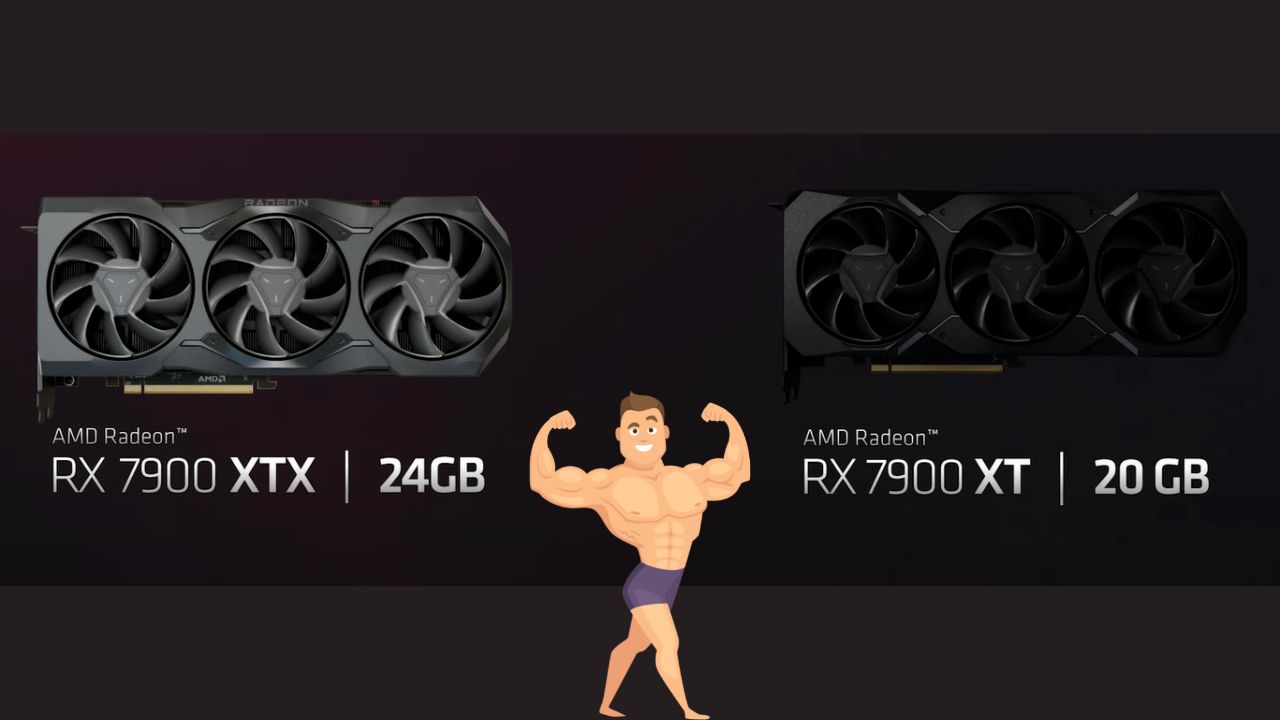
These two cards were created using the most recent RDNA 3 architecture offered by the company. Dr. Lisa Su, AMD’s CEO, stated during the Las Vegas event that the company’s new hardware had a 54% improvement in performance per watt over earlier generations. She also underlined that AMD’s new device would offer multi-performance with more sensible power management, maybe alluding to the Nvidia RTX 4090’s horrendous power usage.
And more specifically, the RX 7900 XTX and RX 7900 XT have substantially lower power consumption than the competitors, at roughly 355W and 300W, respectively. The AMD team’s graphics card will use less power as a result of this power usage, saving users money when a new power source is not required – new generation RTX is recommended to use the lowest power source. 850W minimum, and up to 1000W can “carry” effectively.
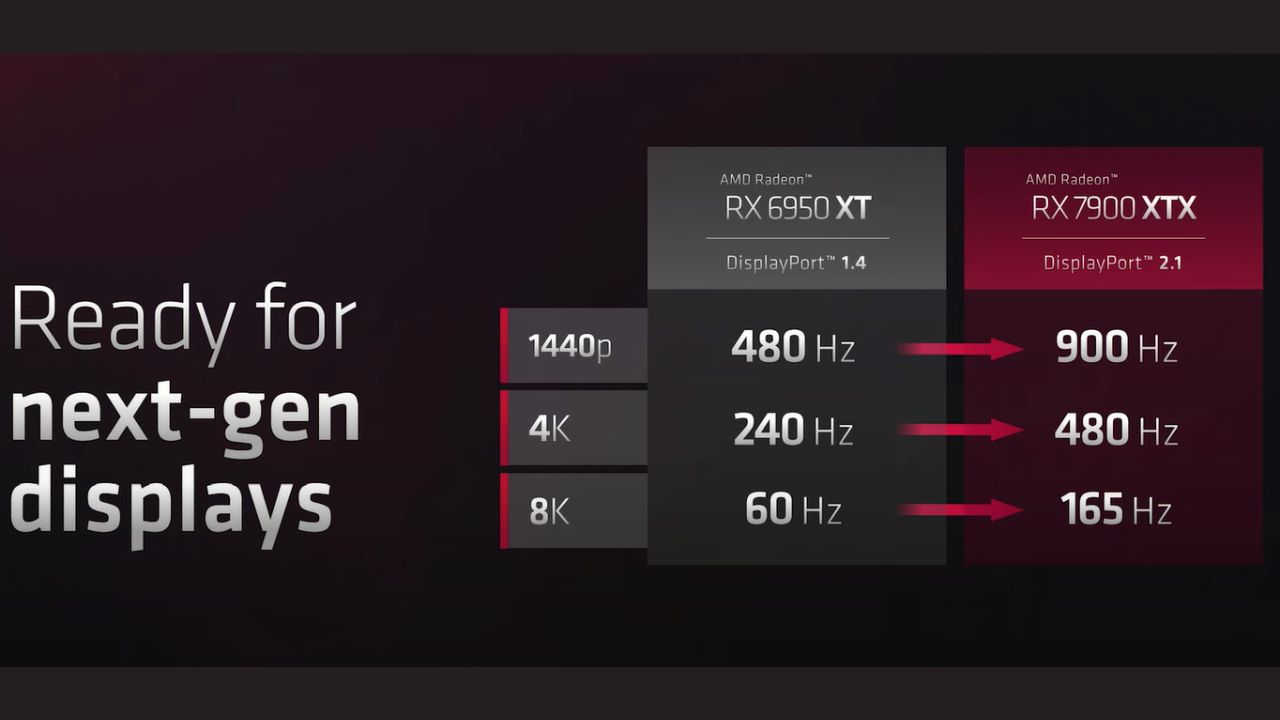
AMD Radeon RX 7900 series
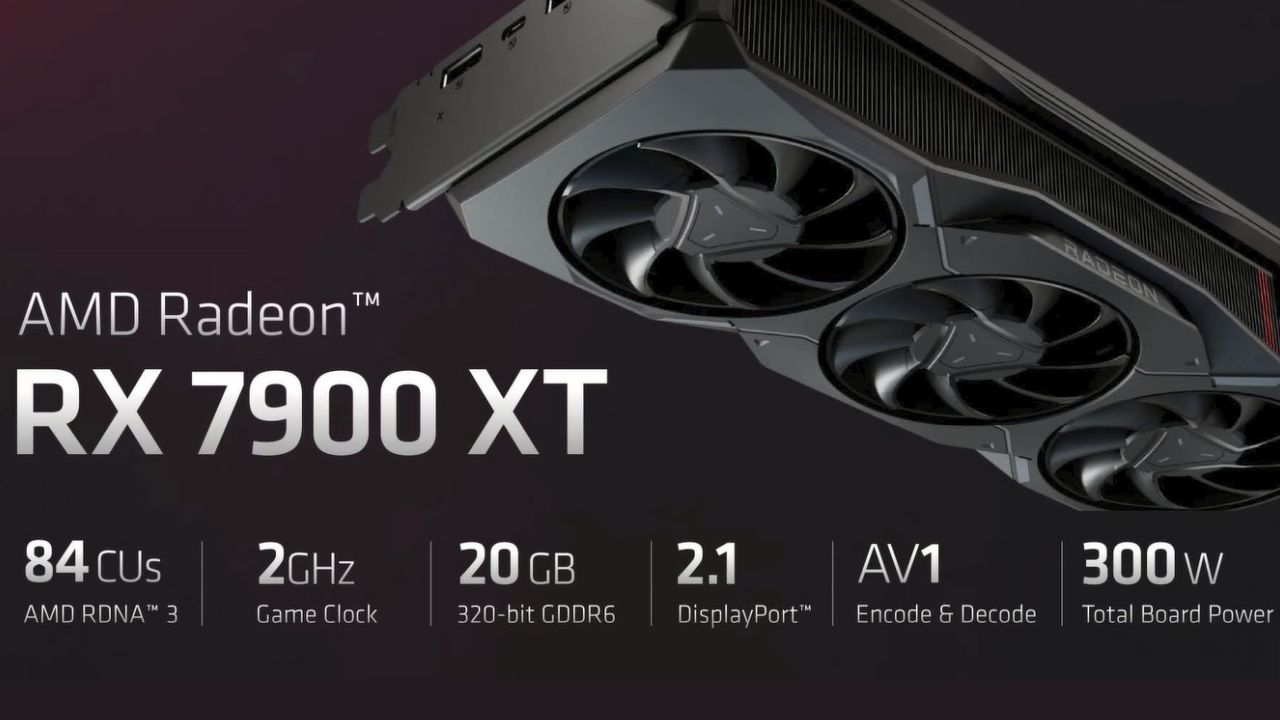
The third generation RDNA architecture is finally here. The company introduced Radeon RX 7900 XTX and Radeon RX 7900 XT graphics cards. The first has a full Navi 31 GPU with 12288 Stream Processors, while the latter is based on a cut-down GPU with 10752 cores.
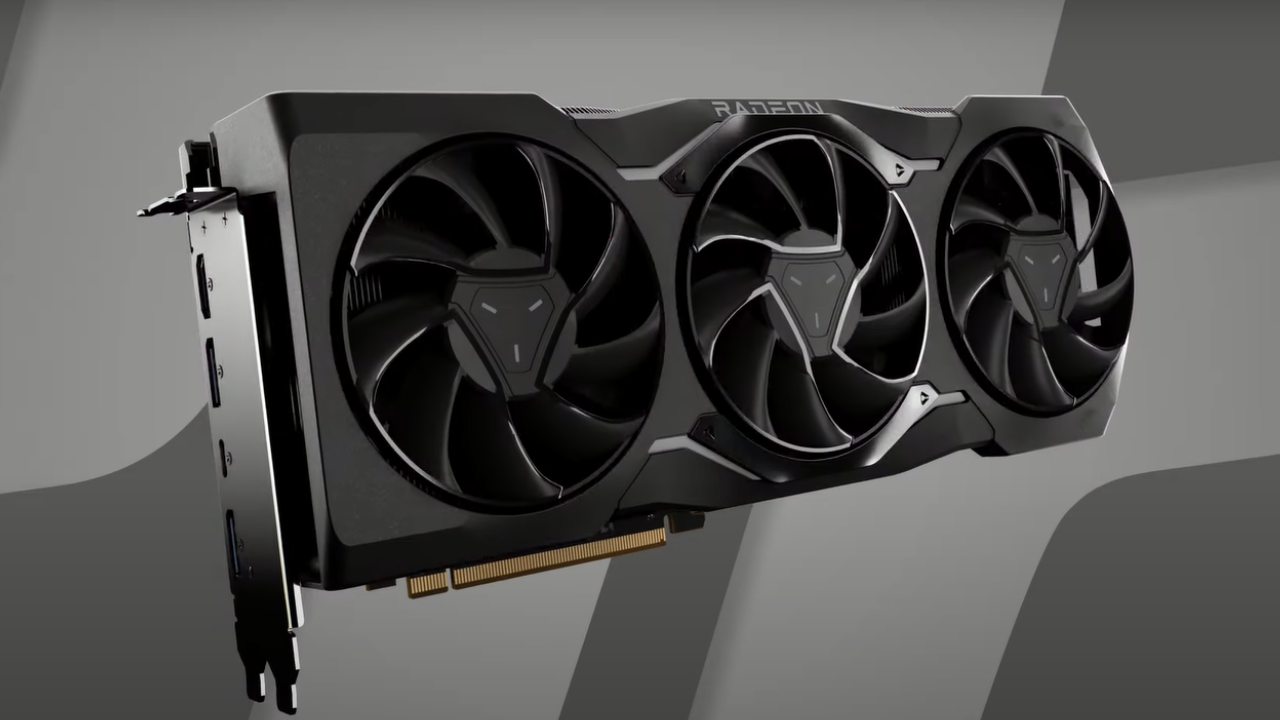
The 5nm node-based AMD RDNA3 architecture is the first chiplet design for consumer Radeon GPUs. The GPU has a compute cell made on a 5nm process with six memory chiplets made of a 6nm node.
AMD Radeon RX 7900 XTX

AMD confirms the Navi 31 GPU has 58 billion transistors and it delivers up to 61 TFLOPs for single precision compute performance. This GPU has a 5.3 TB/s chiplet connection. With 5nm node, Navi 31 GPU has 165% higher transistor density than Navi 2X.
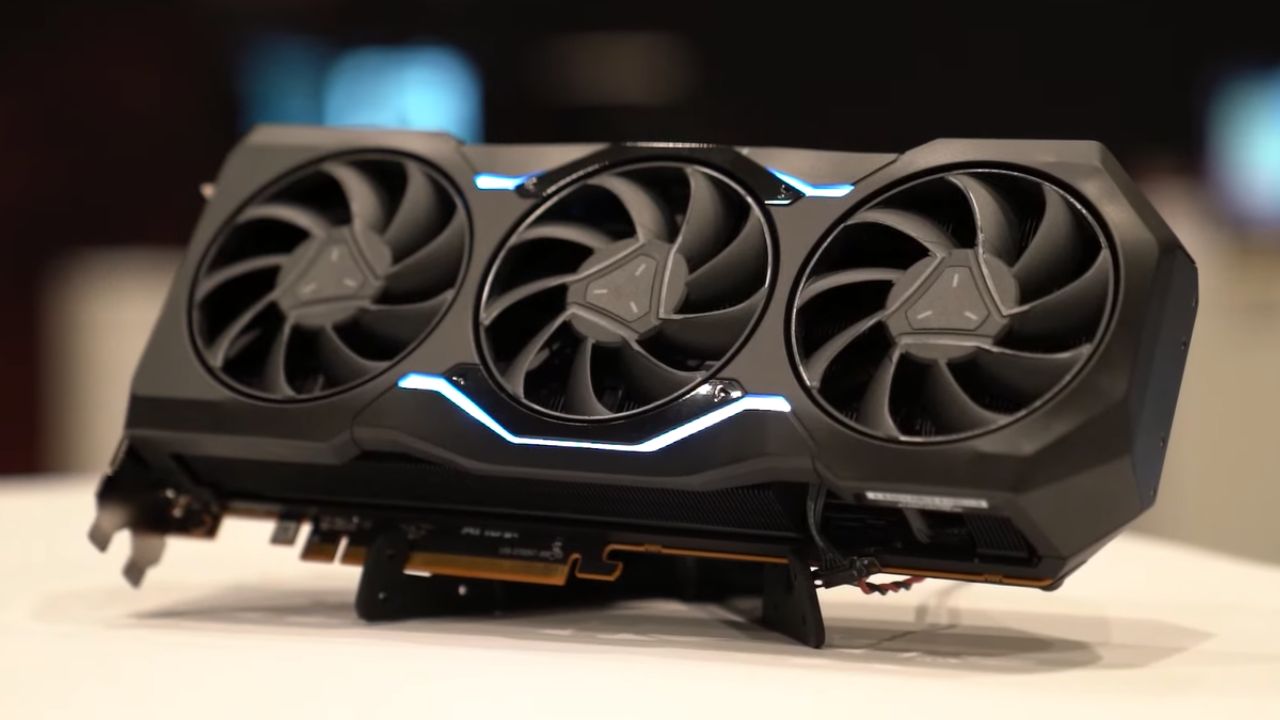
AMD Navi 31″ GPU
AMD confirmed that their new RX 7900 XTX will be up to 1.7x faster than the RX 6950XT at 4K resolution. According to AMD, the RDNA3 architecture will provide 54% better performance per watt than RDNA2. The company is sharing the first performance claims in several popular titles against the fastest RDNA2 GPUs.

According to Ms. Su, RDNA 3 is the first chiplet-based GPU in the world, giving it a modular design that is simple to modify. These chiplets currently come with a GPU compute die in 5nm and a memory cache die in 6nm. Compared to RDNA2’s 23 TFLOPs, this new generation of graphics cards has 58 billion transistors, up to 24GB of GDDR6 RAM, and a clock speed of 2.3GHz. They are also capable of up to 61 teraflops of computing power. (20GB GDDR6, 2.0GHz, 7900 XT)
The size of both cards is very modest, not gigantic, and even the AMD official present at this event commented that you don’t need to worry about purchasing a new, larger case merely to install a new graphics card. This is an intriguing development.
The business claims that the new graphics cards have next-generation accelerators with 50% better performance per compute unit in Ray Tracing, which was previously one of AMD’s weak points. Although it is unclear how Ray Tracing will compare to the competition, it has increased by 1.5 times. Hopefully, there will be fierce battle with rival Nvidia.
According to AMD, the RX 7900 XTX ran Apex Legends in 4K at 295 frames per second and ran Valorant at up to 704 frames per second. AMD even went beyond the pale when it guaranteed 8K 165Hz or 4K 480Hz performance together with DisplayPort 2.1 capability (due in 2023) and announced support for the standard. Thus, 8K ultra-high resolution gaming will become more and more popular in the not too distant future, with 2023 serving as the initial launch year.